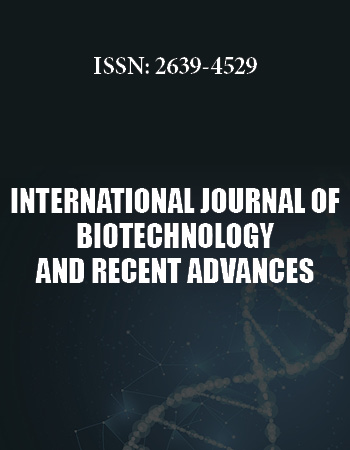International Biotechnology and Research Conference
April 25-27, 2018 Rome, Italy
A Novel Alpha(1-2)-Fucosylation and Actin Dependent Uptake Vehiculates Doxorubicine-Loaded Liposomes into Highly Proliferative Cells
1University of Siena, Department of Life Sciences, Italy
2University of Siena, Department of Biotechnology, Italy
Finding new strategies to direct drug carrying nanovesicles towards specific cellular targets is one of the major goals of Biomedical Research today. Recently, we found a fucosylated structure exclusive of high proliferative cells, which is responsible for a peculiar uptake mechanism alternative to the classic ones and dependent on alpha(1-2)fucosylation. This structure, detectable by using the fucose-binding lectin from Lotus tetragonolobus (LTL), was first observed in CVEC and then in A431 and DU145. It appears as a network of tubules extending between the perinuclear region and the cellular periphery. LTL binding sites were also found to be exposed at the cell surface in a very restricted region. The uptake capacity of the LTL-positive tubular structure was then demonstrated by testing the lectin with living cells. Other lectins tested in the same way were found to enter the cells through the classical endocytotic mechanism.
In order to exploit this new uptake mechanism as drug delivery system, we constructed and tested in DU145 doxorubicin-loaded liposomes functionalized with LTL (LTL-Dox-L). We confirmed that the LTL-Dox-L enters the cells as the corresponding lectin and that by this vector the intracellular delivery of the drug was much more than that entered via unmodified doxorubicin-loaded liposomes. By electron microscopy we also demonstrated that liposomes enter the cells one by one in tiny tubules that never fuse with lysosomes. Therefore, liposome functionalization with LTL promises to broaden the therapeutic potential of liposomal doxorubicin treatment, decreasing non-specific toxicity.
More recent results have indicated the actin cytoskeleton as responsible of the integrity of the tubular structure: destruction of actin filaments with Cytochalasin D gives rise to the gradual disappearance of the tubular LTL positive structure, until it remains as vesicles in the perinuclear region. The treatment with Cytochalasin D also strongly decreases the entrance in the cells of LTL-Dox-L.
Biography:
Domenico Nolfi was born in Sicily on the 12th of December, 1991. He is currently undertaking a PhD at the department of Life Sciences of the University of Siena, where he earned a masterʼs degree in Molecular and Cellular Biology in 2016 after completing a bachelorʼs degree in Biological Sciences in 2014. His fields of interest are Glycobiology and Cellular Biology and his research focuses on a alpha-2 fucosylation-dependent uptake machanism and its role in targeting of drug delivery systems. In his spare time, he loves cooking and dancing.


